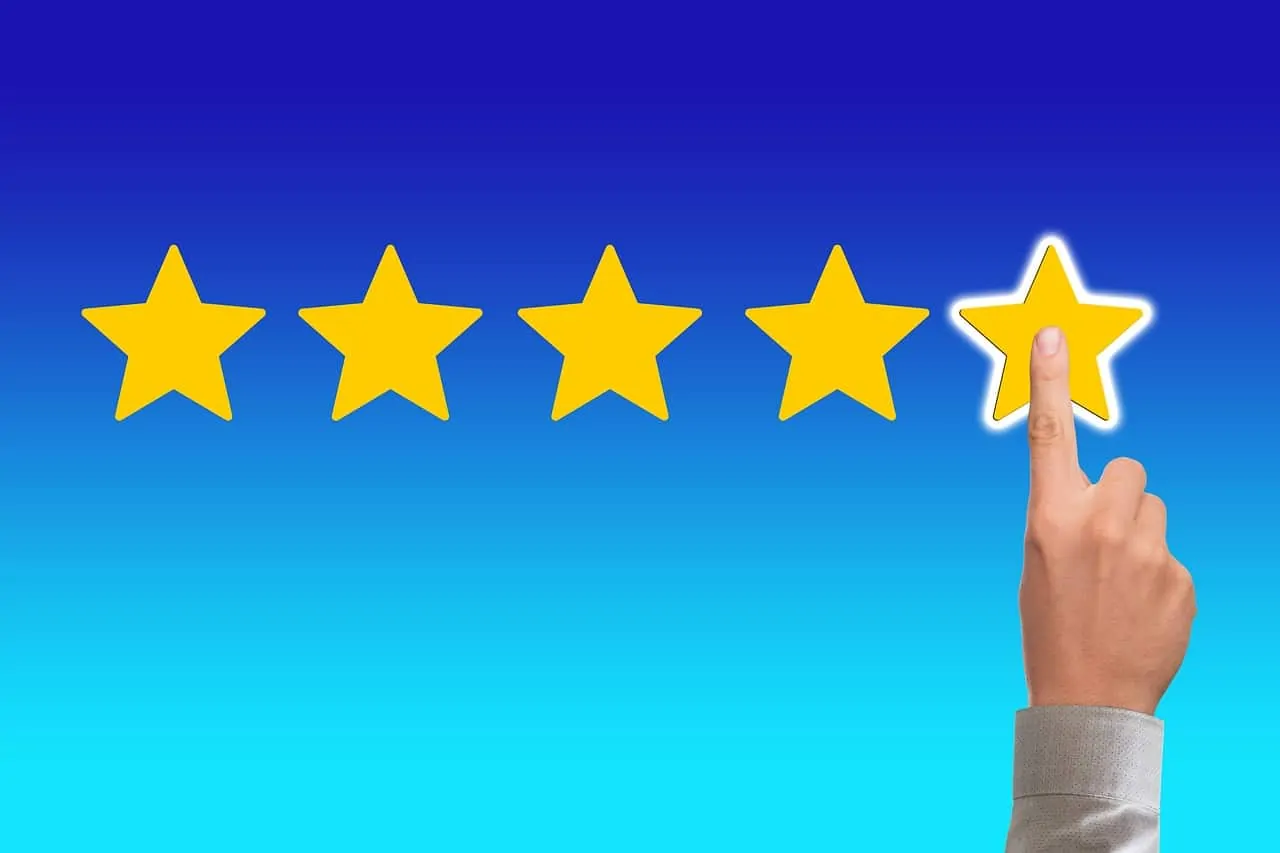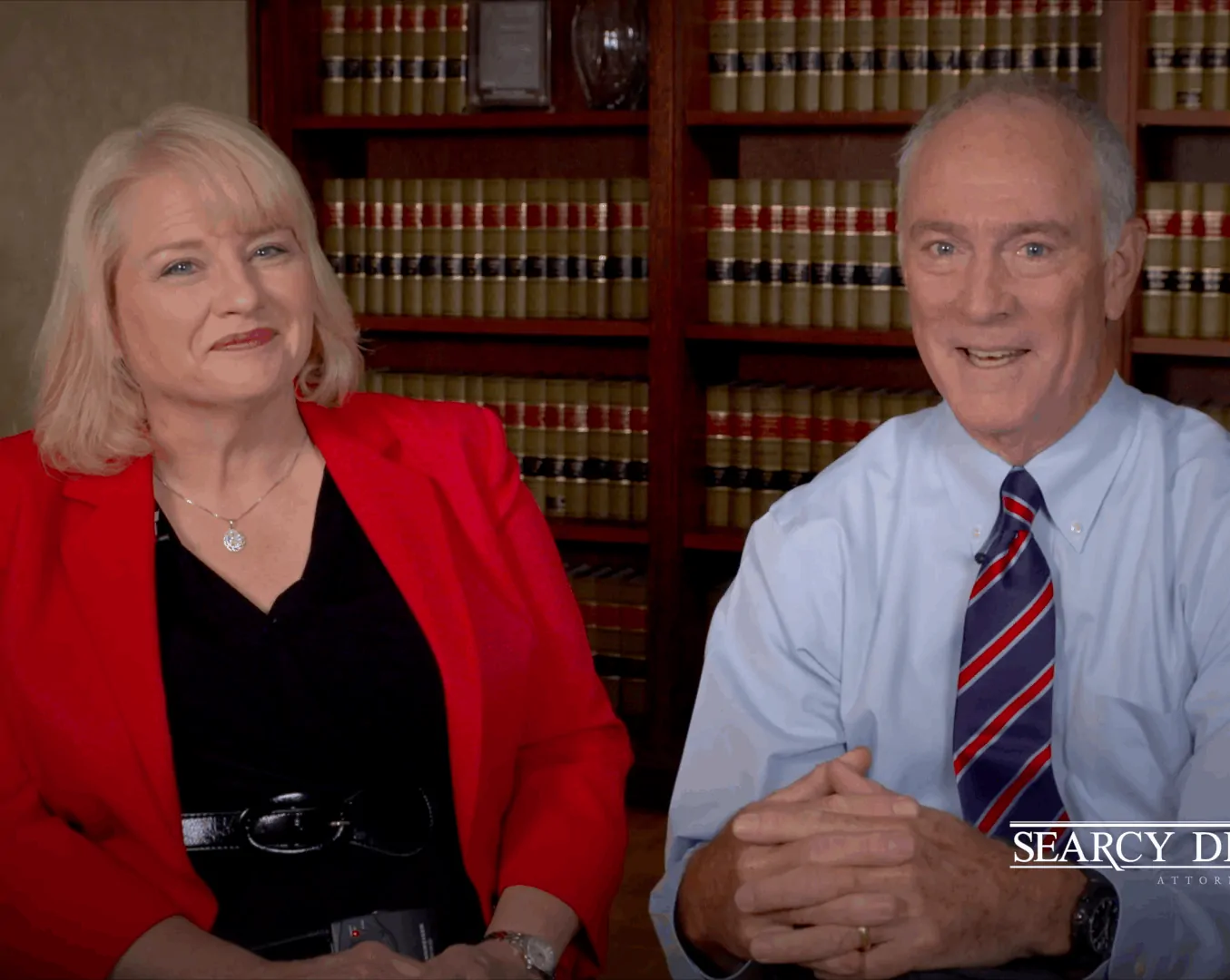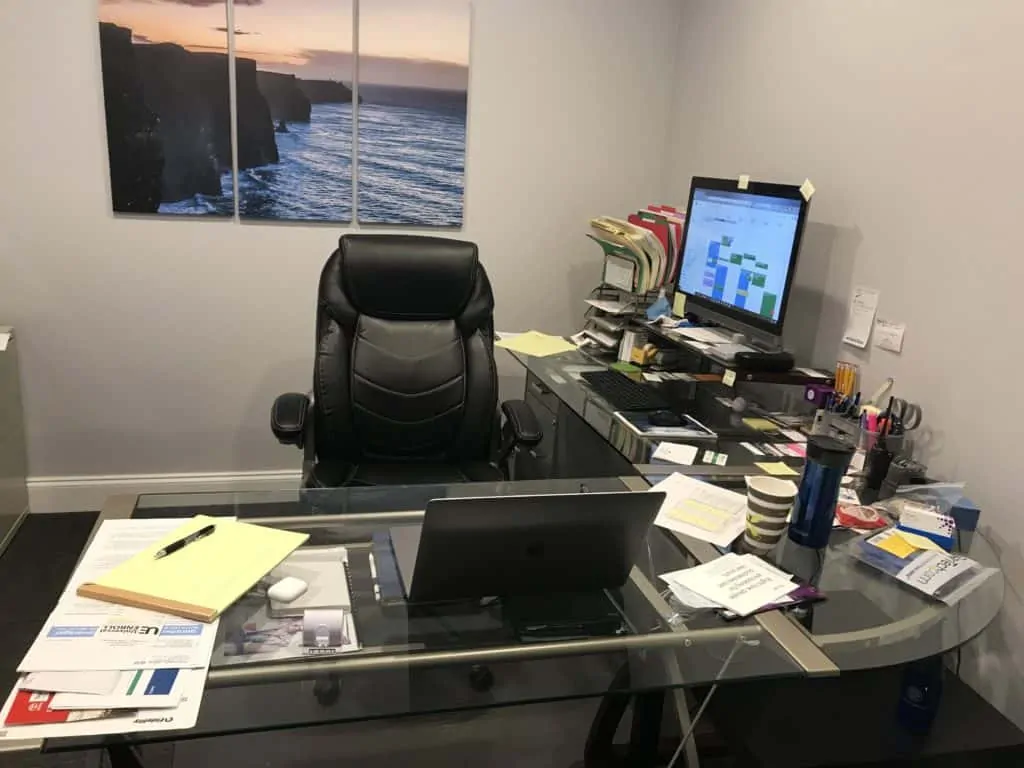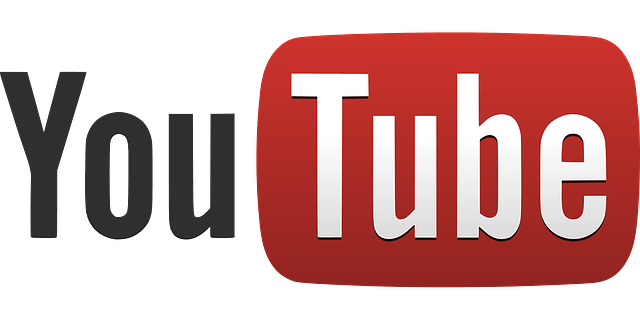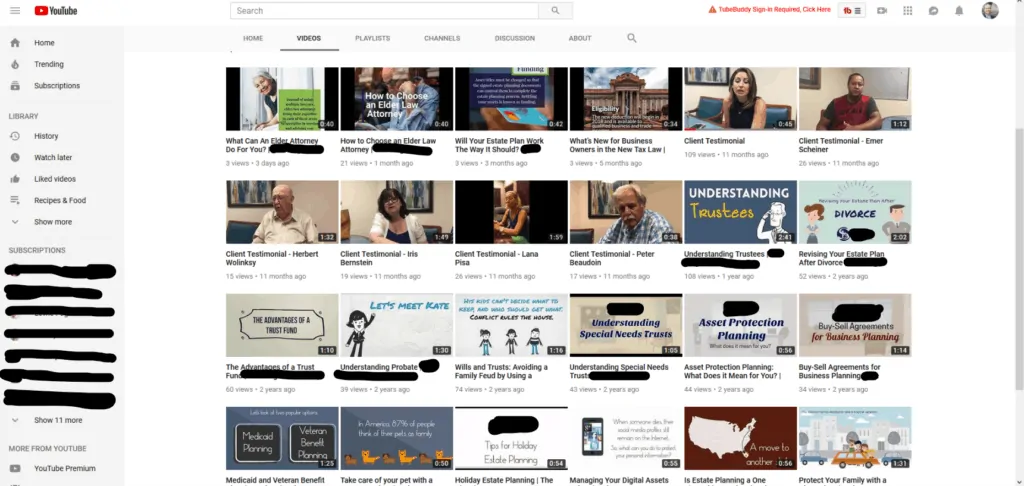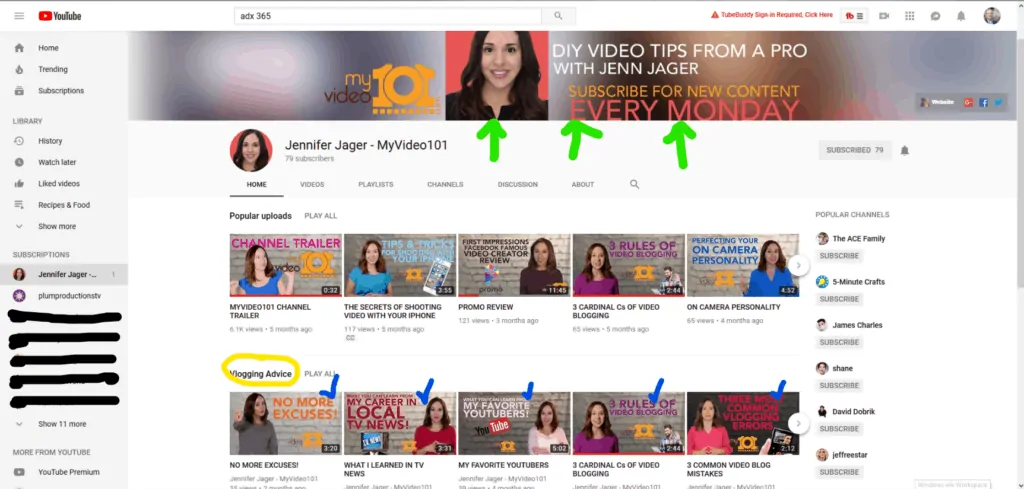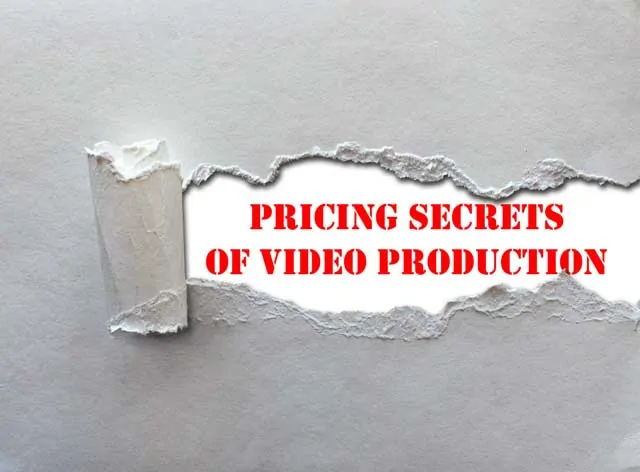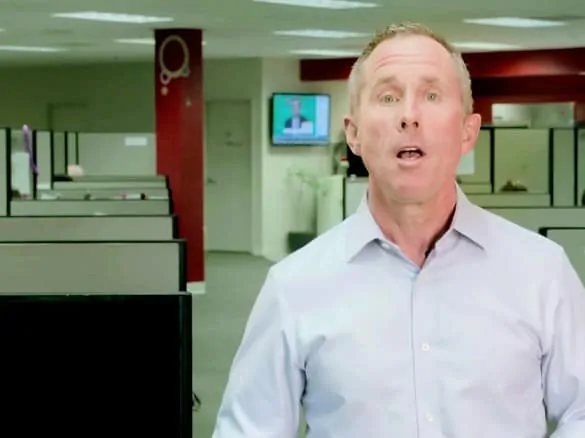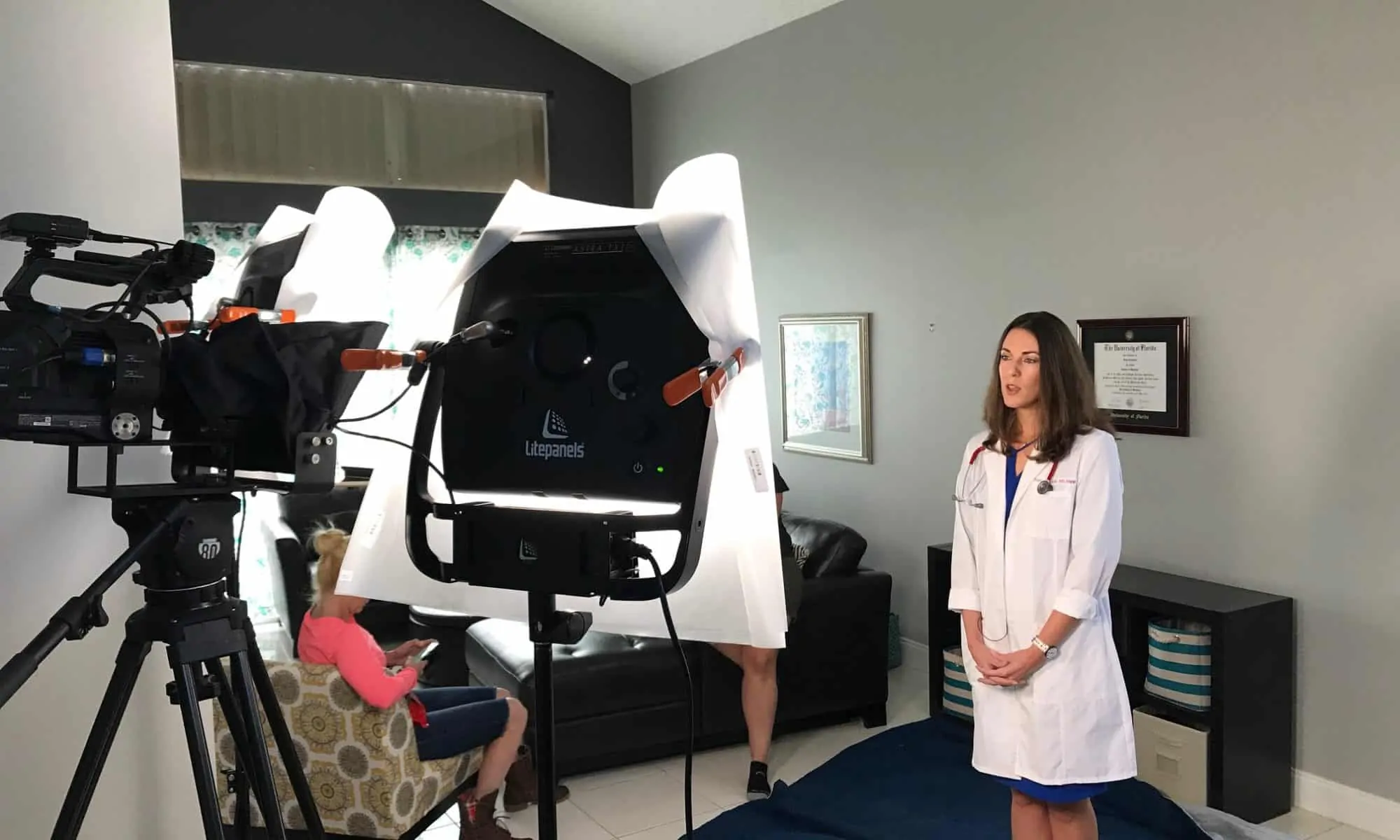Using Video to Recruit New Talent
Recruiting awesome talent is not an easy task. Right now, it seems like it’s a bit of a job seekers market. That’s why using video to recruit new talent is the topic of this post. In the trades and supporting industries, it seems there is a shortage of talent. Finding and recruiting great talent is much more difficult in these markets because they have to be searching for the job (or want to make a move).
With so few in the market for jobs, you have to approach potential job seekers a little differently. And for those who are looking for talent, we would be surprised if you didn’t already use video as a mechanism to attract talent. The trend is that uses for video is growing and finding creative ways to use video is usually the tough part for most companies who are not used to using video (or who haven’t thought of using it in that way).
Technology is continually changing and improving, and with that, comes more creative ways to reach the person you want to reach. In fact, we think it’s more difficult to reach potential talent in traditional ways versus using technology for good. We recommend using video strategies that will attract new talent who is about to enter the “need a job market” or who is thinking about entering that market.
We see three easy ways to use video to attract new talent.
Employee Spotlight Videos
The objective here is to have existing employees speak to potential hires via a video review. What’s it like to work at XYZ Company? This can be done through employee spotlight videos showing happy employees at work, showing employees interacting, solving problems, and telling their story of why they like to work there. It might be because of the culture of the office or because they enjoy the work they do.
Think about it, most businesses rely on their current employees to refer into the company people they think would be a good fit in the business. When a business needs to hire more people, asking current employees is usually the first step. Usually they know there is a need and can recommend someone…but sometimes they can’t. Then what? Sharing a video that shows the team at work and sharing why they enjoy it. This type of business should get someone interested in learning more after they view it. Here’s an example:
Office/Company Culture Videos
Most companies know they’re good at what they do. They know their employees are good too. When a business tells you how good they are, do you believe it? No. But if they can show you how good they are, what their culture looks like, and how they approach problems or tasks, does that convince you a little more? We’d bet it does. That approach is usually what gets the viewer to take a next step. If it wasn’t effective, why do you think some of the best-in-class companies are using it so much? Because it works.
These companies create videos that illustrate their company’s culture by showing off the office space; sharing mission, vision, and values; showing off how they fit into the community; how they support the community; and so much more! The goal of all this is to help the prospective hire understand the company, know what the company is all about, find an area of passion the prospect can attach him or herself to and lead them down the road of calling for an interview and accepting the position. Here’s an example of one:
Our recommendation is to share this video everywhere, including the About Us/About the Team and Careers pages of the company website, the company YouTube channel, Twitter, Facebook, and LinkedIn. Remember, most of these sites like the video uploaded natively (meaning, they want you to upload it directly to their site, not sharing a link from another platform). Yes this is annoying and time consuming, but it gets you the most distance from your video. Here’s an example:
Who We Want Video
Why not also create a video that shares what the company needs from a prospective new hire. By creating several short videos for each major or semi-major position in the company, you’re crafting a consistent and branded message that clearly defines what the job entails and who would work well in this role.
You might be asking yourself, “Why would I go through creating a video for that? Isn’t it easier/cheaper/less time consuming to just write it out?” …and you would be correct. If this blog post was a video instead of written out, wouldn’t it be easier to watch than to read? When you buy a new item that has instructions and they tell you to go to a website, do you read the website words or do you watch the video on that page first? It’s path of least resistance, use it to your advantage. You might also ask, “Why would I want someone who’s lazy?” You don’t, but people are busy and you also might be missing the perfect fit because there was no video for them to watch and learn more about the job. Here’s an example of one:
There are probably several other types of videos you could use to attract top talent…one that immediately comes to mind is a directly targeted video to a specific group of people that could be placed in a LinkedIn Group or Facebook ad that will show up just for them. What ideas do you have? We’d love to see them in the comments below. If you have any questions, we’d be happy to help! Give us a call or drop us a line!
Related Articles:



